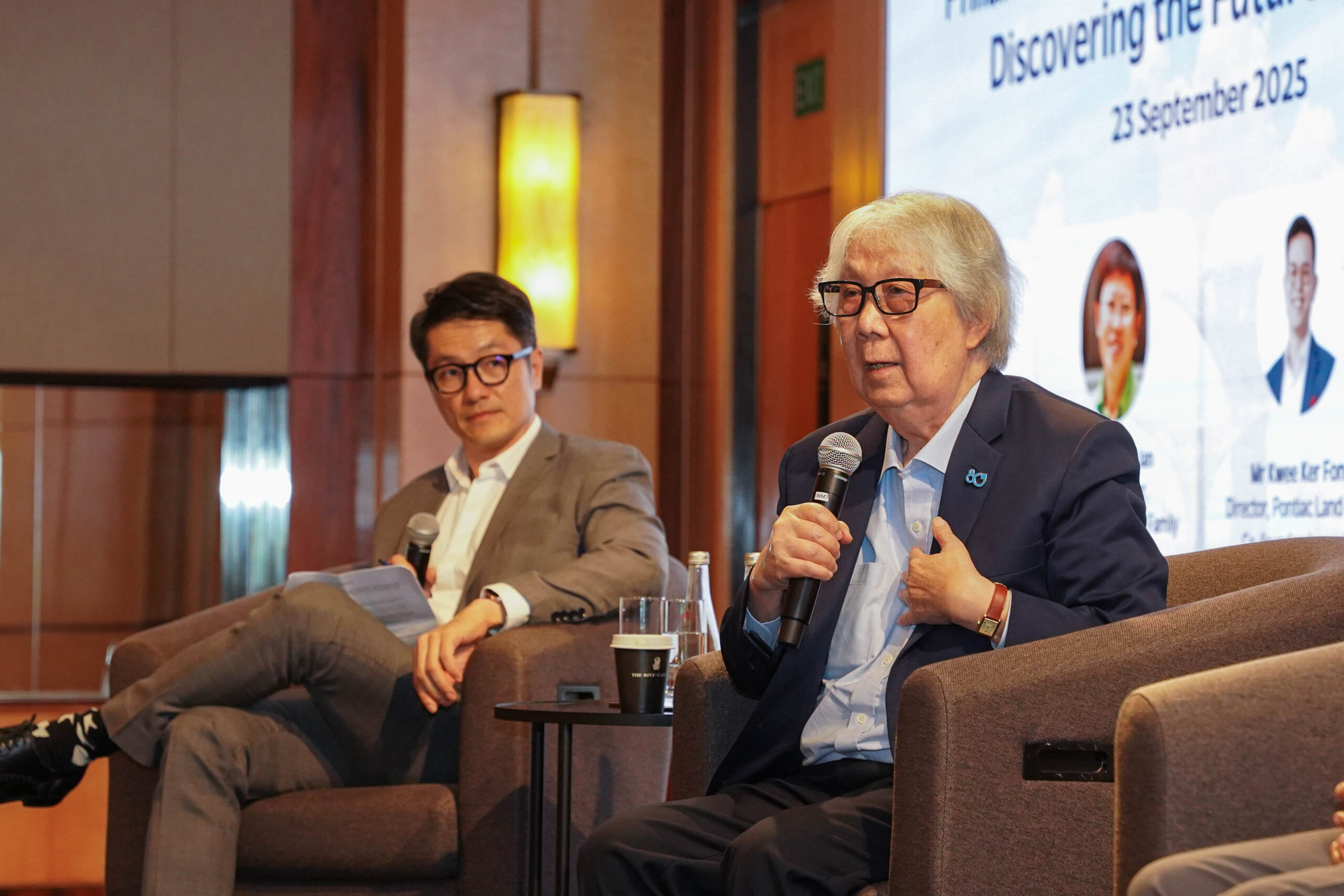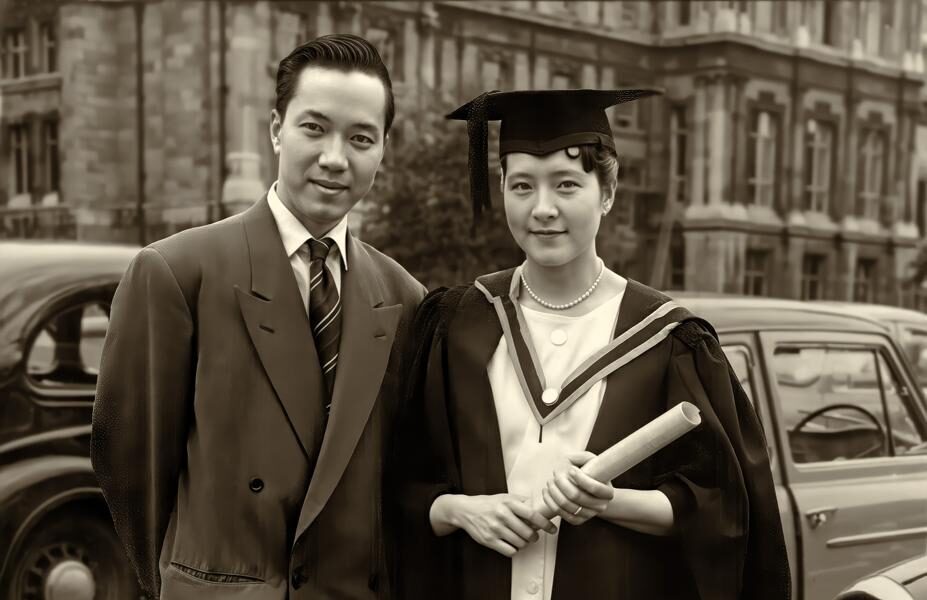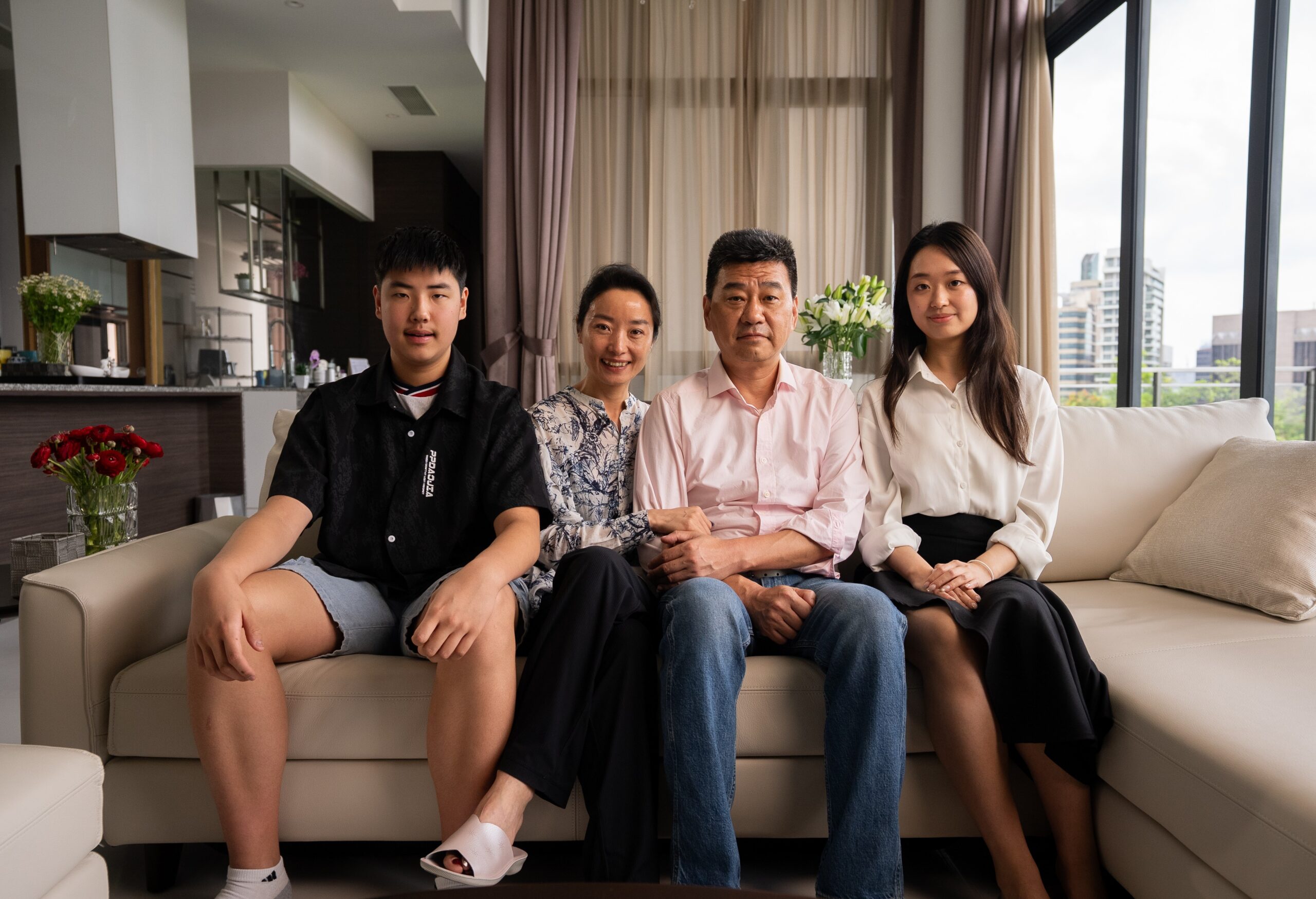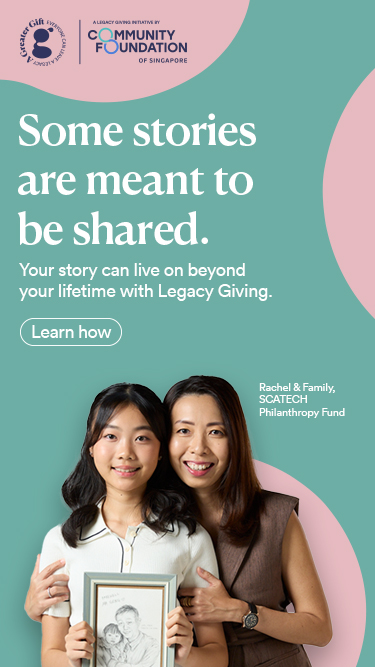Goh Soon Tioe Centenary Fund – Nurturing future generations of musicians

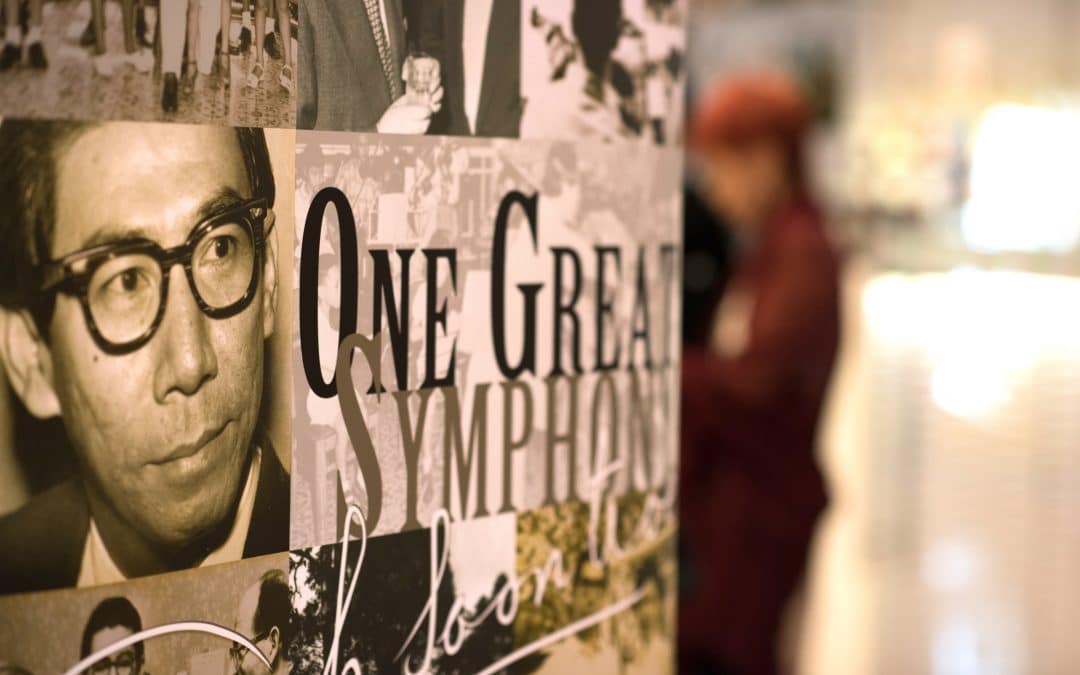
Goh Soon Tioe (1911–1982) is remembered as one of Singapore’s greatest musical pioneers. Besides being an accomplished violinist, conductor and teacher, he brought hundreds of international performers to the Singapore stage. He also took the Singapore Youth Symphony Orchestra on successful tours around the world.
In 2011, in celebration of his birth centenary year, his family established an endowment fund with the Community Foundation of Singapore (CFS) to support talented young classical musicians who wish to build a career in music.
The Goh Soon Tioe Centenary Fund is managed by CFS and awards scholarships to young Singapore musicians with a consistent track record of outstanding musicianship and performance. Winners include guitarist Kevin Loh, violinists Joey Lau, Mathea Goh, Alan Choo and Helena Dawn Yah, double bassist Julian Li Yongrui and cellist Theophilus Tan.
On the motivation for starting the fund, his daughter Cultural Medallion winner Vivien Goh said, “I decided to establish an award in memory of my father when I was inspired by CFS’ stories of how endowed funds could help deserving individuals achieve their goals and dreams.”
Photos: Adrian Tee and Gilbert Chan of Pixelmusica, Singapore Press Holdings, winners.
Goh Soon Tioe (1911–1982) is remembered as one of Singapore’s greatest musical pioneers. Besides being an accomplished violinist, conductor and teacher, he brought hundreds of international performers to the Singapore stage. He also took the Singapore Youth Symphony Orchestra on successful tours around the world.
In 2011, in celebration of his birth centenary year, his family established an endowment fund with the Community Foundation of Singapore (CFS) to support talented young classical musicians who wish to build a career in music.
The Goh Soon Tioe Centenary Fund is managed by CFS and awards scholarships to young Singapore musicians with a consistent track record of outstanding musicianship and performance. Winners include guitarist Kevin Loh, violinists Joey Lau, Mathea Goh, Alan Choo and Helena Dawn Yah, double bassist Julian Li Yongrui and cellist Theophilus Tan.
On the motivation for starting the fund, his daughter Cultural Medallion winner Vivien Goh said, “I decided to establish an award in memory of my father when I was inspired by CFS’ stories of how endowed funds could help deserving individuals achieve their goals and dreams.”
Photos: Adrian Tee and Gilbert Chan of Pixelmusica, Singapore Press Holdings, winners.
- Related Topics For You: ARTS & HERITAGE, CHARITY STORIES, DONOR STORIES, STORIES OF IMPACT, YOUTH
